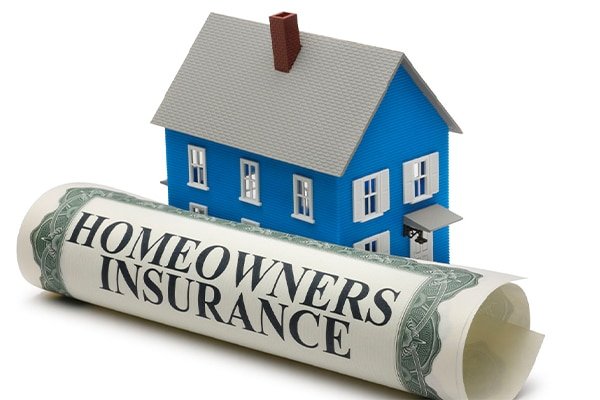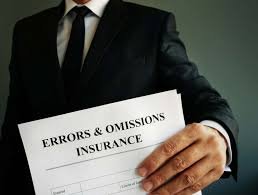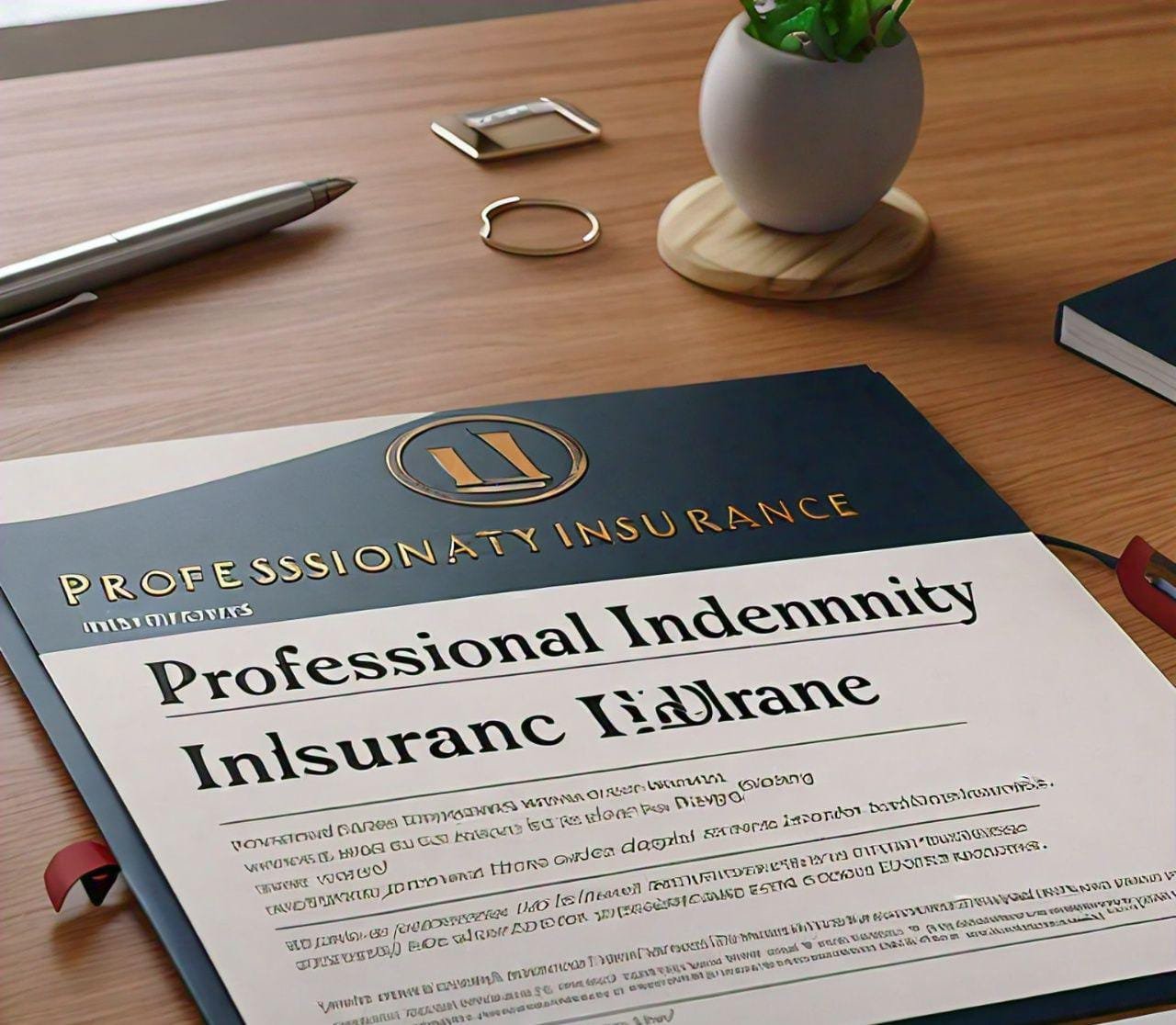Homeowners Insurance: A Comprehensive Guide
Homeowners insurance is a vital aspect of homeownership, providing financial protection against unforeseen events that may damage or destroy your home. It is a package policy that covers both damage to property and liability or legal responsibility for any injuries and property damage policyholders or their families cause to other people.
What is Homeowners Insurance?
One kind of property insurance that covers losses and damages to your house, as well as furniture and other items in the house, is homeowners insurance. Furthermore, it offers liability protection against mishaps that occur on the land or within the residence. Typically, the coverage covers injury sustained while on the property, loss or damage to personal belongings, outside damage, and interior damage.
How Homeowners Insurance Works
Four types of occurrences on the insured property are often covered by a homeowners insurance policy: injury sustained while on the property, loss or damage to personal items, outside damage, and interior damage. A deductible is usually demanded of the homeowner when a claim is filed on any of these situations.
The riders that policy carriers provide can lower deductible amounts, cover high-value property, and enhance coverage for particular occurrences. There is an extra price for these adders.
In most cases, the insurance company will reduce the insured property’s value in accordance with the item’s age, usage, condition, and useful life. In order to determine the actual cash value (ACV) that they would reimburse the insured, the insurer subtracts the depreciation value from the replacement cost.
Homeowners Insurance vs. Home Warranty
A house warranty is not the same as homeowner’s insurance. A home warranty is a contract that covers maintenance and replacement costs for appliances and systems in the house, including washers, dryers, ovens, and swimming pools. These agreements often have a set expiration date (often 12 months) and are not required to be purchased by a homeowner in order to be eligible for a mortgage. A home warranty covers defects and difficulties that arise from improper upkeep or normal wear and tear on appliances—circumstances that are not covered by homeowners insurance.
Homeowners Insurance vs. Mortgage Insurance
Mortgage insurance is not the same as homeowners insurance coverage. For purchasers who put down less than 20% of the purchase price, the bank or mortgage company will usually request mortgage insurance.
What Does Homeowners Insurance Cover?
A broad variety of possible damages to your house, other buildings on your property, personal belongings, and your culpability for harm others may suffer on your property are often covered by homeowners insurance. Generally, policies cover losses from lightning, fire, strong winds, and vandalism. To be sure you know what is and isn’t covered, carefully study the tiny print as policies differ greatly between insurance providers and states.
Does Homeowners Insurance Cover Floods?
Generally, floods brought on by internal issues (such a bathroom plumbing leaks) are covered by homeowners insurance. However, basic insurance would often not cover the loss if the damage is from an external natural source, such flash flooding, that occurs outside the residence. For an extra fee, you may frequently get supplementary flood insurance to cover flood damage.
How Much Does Home Insurance Typically Cost?
The national average for home insurance rates is around $1,300 per year. Individual policy premiums, however, can differ greatly based on a number of criteria, including state laws, insurance company, credit score, region, coverage limitations, and insurance company. Insurance companies consider a number of criteria when determining coverage, including the age, condition, and history of prior claims, in addition to geography.
Types of Homeowners Insurance Policies
The many kinds of homeowner’s insurance are largely same across the nation. States and businesses, however, could provide somewhat different rules, or they might refer to them differently—for example, as “deluxe” or “standard.” Texas is the only exception, as its laws differ slightly from those of other states.
Individuals who own their houses can select from a variety of insurance. The HO-3 policy is the most often used. In addition to personal liability coverage, it offers coverage for the home’s structure and personal items. Additionally, it offers the widest coverage, guarding against the 16 calamities or threats mentioned below:
- Fire or lightning
- Windstorm or hail
- Explosion
- Riot or civil commotion
- Damage caused by aircraft
- Damage caused by vehicles
- Smoke
- Vandalism or malicious mischief
- Theft
- Volcanic eruption
- Falling object
- Weight of ice, snow or sleet
- unintentional leakage or spillage of water or steam from a home appliance, automated fire sprinkler system, heating, cooling, or plumbing system
- Unexpected and unintentional rupturing, fissures, flames, or expansion of a hot water or steam heating system, air conditioning unit, or automated fire safety system
- Freezing of a home appliance or a fire-protective sprinkler system, plumbing, heating, or air conditioning system
- Unintentional and unexpected harm caused by intentionally generated electrical current (excluding damage to a tube, transistor, or other comparable electronic component)










